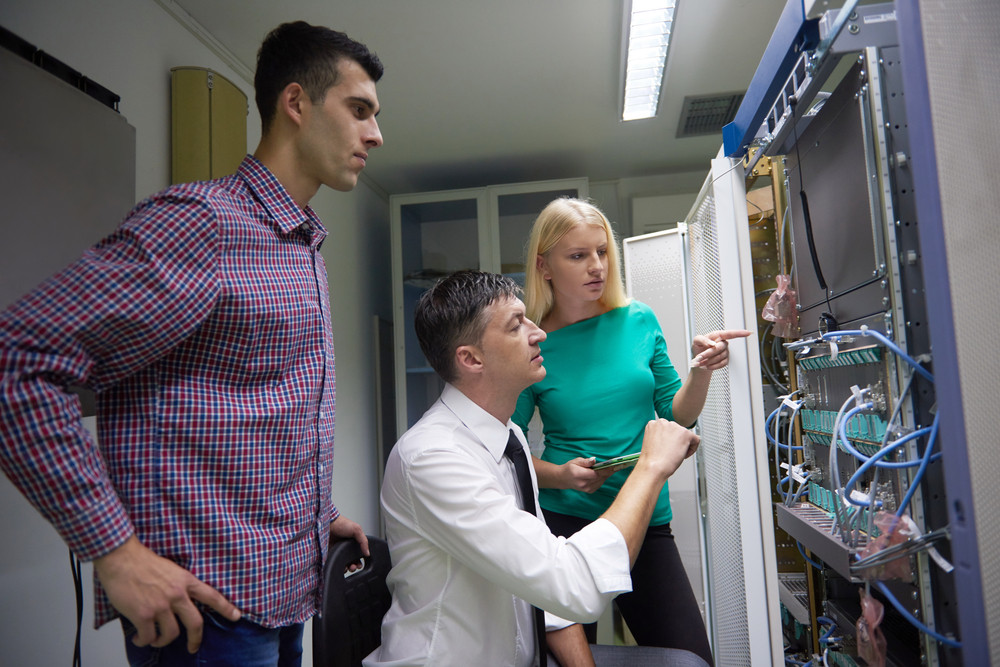
In this day and age, the importance of data centers has become more prevalent in business best practices all over the country. More and more businesses are having to deal with an increasing amount of data with the advent of the Internet. This can bring about some particularly specialized requirements where you would have to collect, store, and process data in more ways than you would have had to before. This can throw up some interesting challenges and having a data center is one of the many ways these challenges can be negotiated. If you are a data center manager, it is important that you find the right solutions, the right hardware and software, and the right environment for your data center so that you can provide maximum data management and processing capabilities while keeping your machinery in good health and your overheads low.
When it comes to micro data centers, it is important to understand the inherent challenges of maintaining and running such facilities. Micro data centers or modular data centers require quite a few things to run successfully and provide convenience and functionality. One of the most important things in such situations is to ensure that all the hardware contained in such data centers can remain functional at optimal levels over long periods of time. Any downtime at your data center can have disastrous consequences for the business and this is why you need to invest in not just the proper hardware but also the proper means of keeping it cool. For micro data centers, exploring the right cooling systems for data center servers can definitely be one of the most important requirements.
If you are wondering how to increase server performance and make sure that your server hardware can stand the test of time, you would definitely need to invest in efficient cooling for your hardware. It is well-known that server hardware can provide more performance the cooler it remains and heat generation can definitely be one of the problems that you would have to solve. Sustained heat can also be bad for the general health of your hardware and finding unique and interesting ways to keep your server hardware cool can definitely have a lot of payoffs. It is also important to keep your micro data center cool without having much of an impact on the environment and this is where exploring green cooling solutions can definitely be a great thing.
To understand the standard protocols of cooling server hardware, there are two important concepts to grasp. First, you would need some kind of conductive material that can carry the heat away from hot components of your systems. Then, you would need some kind of heat dissipation system which can dissipate the heat from these conductors. These systems can be air cooled or liquid cooled according to the level of cooling and the kind of efficiency that you are going for. For most micro data centers, it is difficult to resist the benefits of liquid cooling or immersion cooling as these systems can provide a lot more cooling power and cooling efficiency while also providing your hardware the scope to breathe and increasing its longevity.
The main concept of liquid cooling revolves around a closed loop where a conductive liquid can be made to travel with the help of a pump. This liquid is stored inside the reservoir and is pumped so that it comes into good contact with the conductive material that is used to conduct heat away from hot server parts. The liquid then travels to one or more radiators which are attached to high static pressure fans that can cool the liquid down. The liquid then travels back to the reservoir and the process is repeated continuously. This is the kind of system that can definitely have a number of important benefits for server hardware, helping it keep cool and provide excellent performance and reliable longevity.
With such a cooling solution, you can definitely get much more performance and reliability out of your data center hardware without having to worry about losing performance and parts due to continuous exposure to heat.
